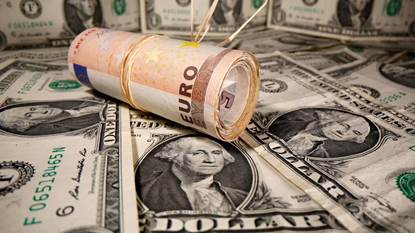Free Courses Sale ends Soon, Get It Now


Free Courses Sale ends Soon, Get It Now



Disclaimer: Copyright infringement not intended.
Context
What are Foreign Exchange Reserves?
Thus, in a nutshell, Foreign Exchange Reserves include-
Importance of Forex reserves
What does the RBI do with the forex reserves at its disposal?
Final Thought
IMPORTANT LINKS
https://www.iasgyan.in/blogs/bond-yield
https://www.iasgyan.in/daily-current-affairs/monetary-policy
© 2024 iasgyan. All right reserved